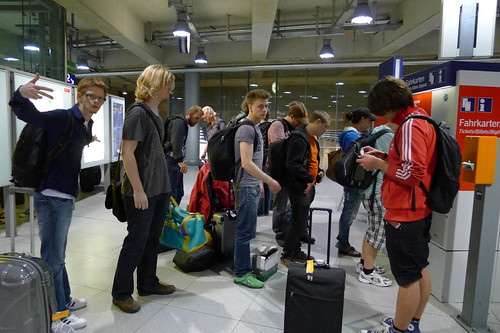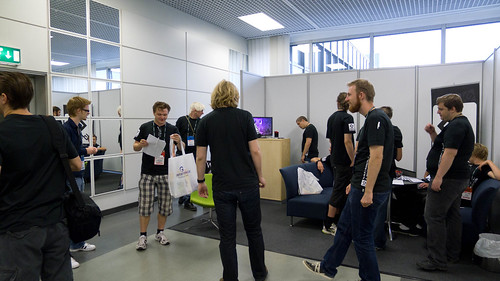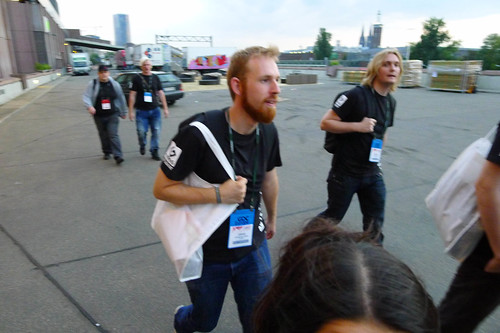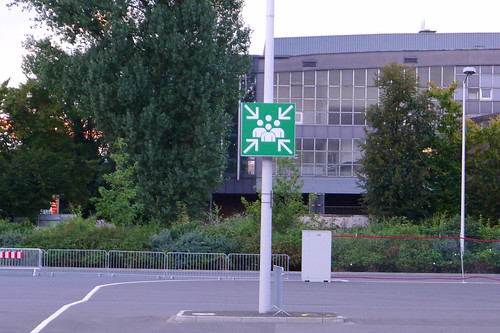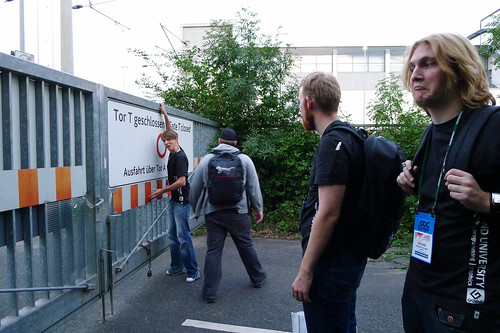- Dean Tate’s talk on Dance Central
- Carl Callewaert’s hands on demonstrations of Unity
- Richard Garriotts keynote on the three eras of gaming
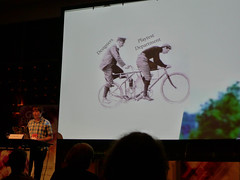
Break it Down! How Harmonix and Kinect Taught the World to Dance; The Design Process and Philosophy of Dance Central
Dean Tate (Harmonix Music)
The red thread in Tate’s talk was how the team had focused on making the learning of how to dance - the tutorial of breaking down the dance moves - into something fun, into a game in itself. Tate described clearly, and with a good balance of detail vs abstraction, the different iterations of development and testing was done in close tandem. Everyone who played Dance Central know that they really succeeded too - the result was awesome, and Tate did a great job describing what they did and how.
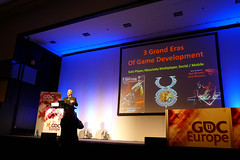
The Three Eras of Gaming and Why This One is a Game Changer
Richard Garriott (Portalarium)
Richard Garriott make one of these speeches that left me feeling inspired: Seeing small things in their right perspective - small, and that which sometimes seem unimportant - such as exploring ad hoc ideas that might not lead anywhere - as important. As for what he actually said: here is a link to the gamasutra summary.
What i found most intriguing was that he wants to reinvent role-playing for this new era of social gaming, starting with understanding the new players and help them along. (whereupon i made mental jazz-hands piping “me tooo! me tooo!”)
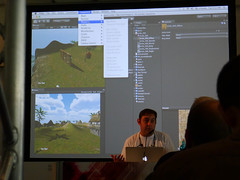
Carl Callewaert’s hands on demonstrations of Unity
Callewaert’s talks were my highlights because I’ll start using Unity this autumn, and Carl gave an excellent introduction. It wasn’t this tiresome “mumble-clicktety-click-mumblemumbleclick” but rather a clear and concise walk-trough. Thank you for that Carl!
